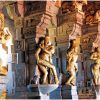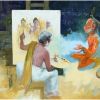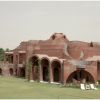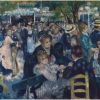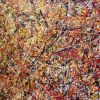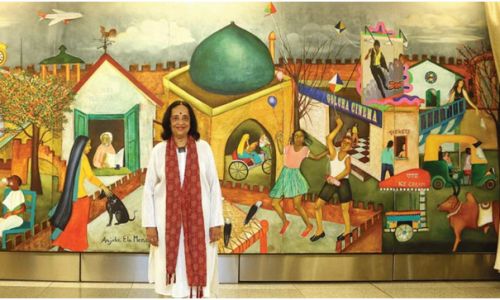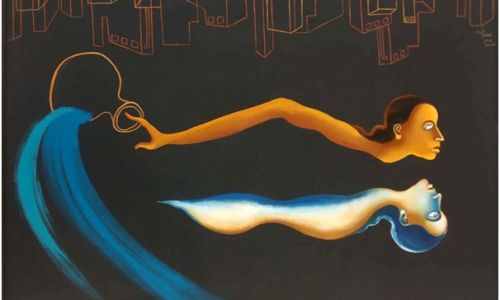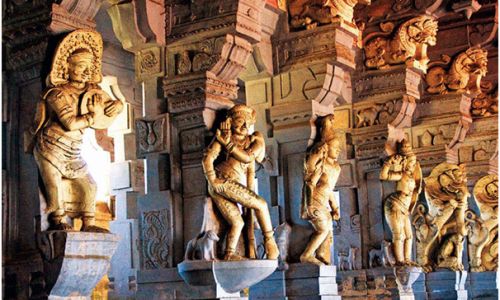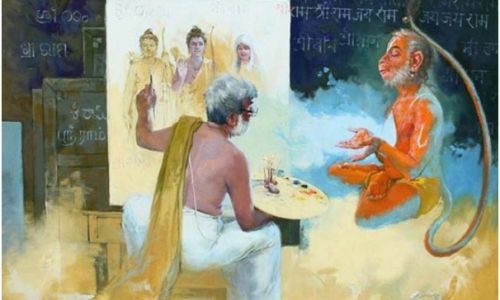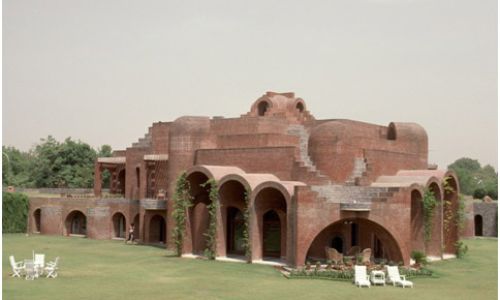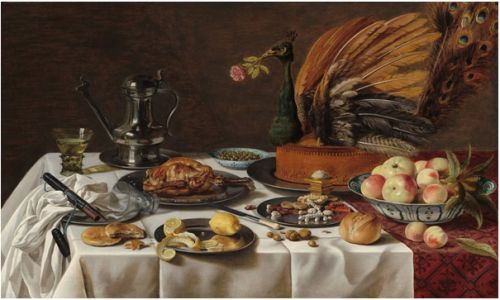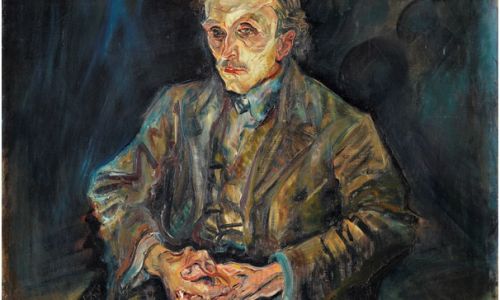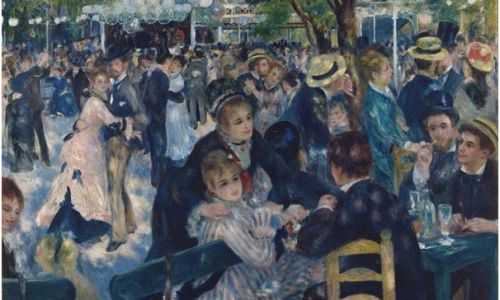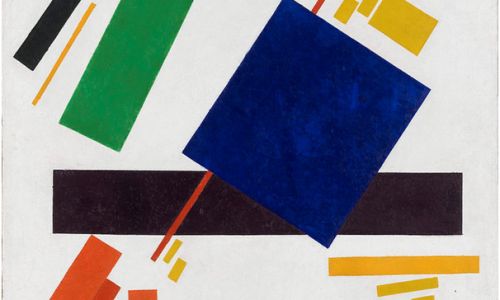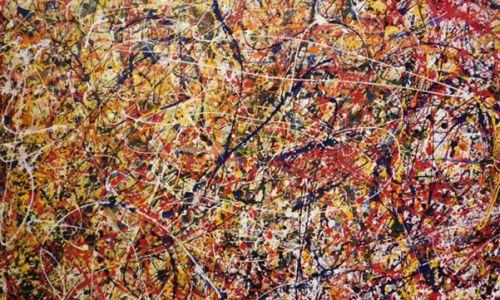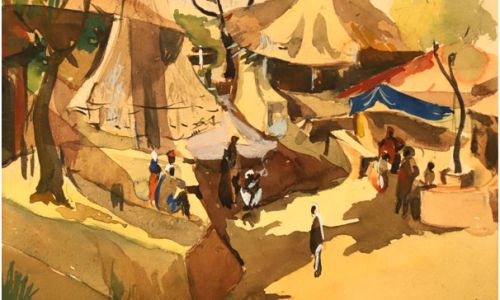Art in buildings and buildings in Art: Interaction between Art and Architecture
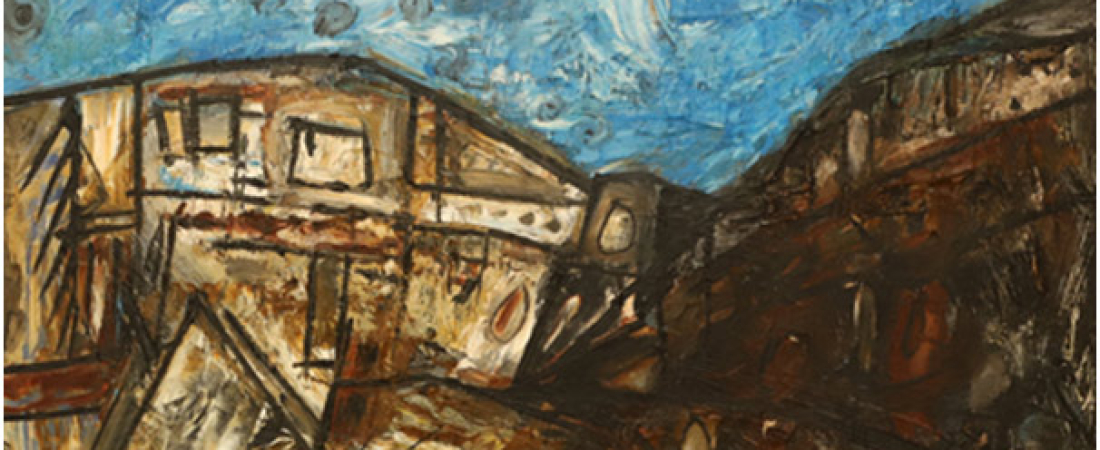
In modern-day philosophy, the definition and meaning of ‘art’ have always been in much debate which has led to many manifestos and declaration of ‘what is art’ and what art consists of. Going by the popular definition of Art, which has been in use since the 1750s, Art is the skill or craft that has an aesthetic value. Therefore, the purpose of art is to produce an aesthetic effect.
With new thinkers emerging every few years, different vocational activities have been classified under the category of ‘art’. Georg Wilhelm Friedrich Hegel, who was a German philosopher, gave a series of talks in 1818 called ‘Lectures on Aesthetics’ where he classified art into five vocations. These were Architecture, Sculpture, Painting, Music and Poetry. Later in 1913, an early film theoretician Ricciotto Canudo wrote ‘The Sixth Art’ which he later changed to ‘Manifesto of Seven Arts’ in 1923 wherein he also included Architecture as art. According to his manifesto, Architecture, Sculpture, Painting, Music, Literature (including prose and poetry), Performing Arts (including Dance and Theatre) and Film and filmmaking were the Seven Arts.
As one would notice, Architecture has been present as the first Art since the modern era. But can buildings be considered an art? When we juxtapose the purpose of Art to Architecture, we find that Architecture’s first objective is sheltering and only then comes the aesthetic value of the building. So, by the modern definition of Art, Architecture does not fit into the category of art. However, one cannot overlook the interaction between art and architecture throughout the centuries as many artists have donned on the cap of architects, and many architects have been called artists in their own rights. The famous Italian sculpture artist Michelangelo was commissioned to make sculptures and buildings! He was the architect of many historical buildings in Rome such as St. Peter’s Basilica, Laurentian Library, Palazzo Farnese, The Basilica of St. Mary of the Angels and the Martyrs, to name a few.
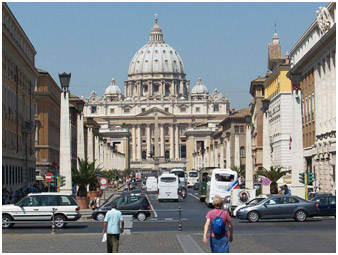
St Peters’s Basilica designed by Michelangelo
In India, modern sculpture artists took to architecture for inspiration. Artist Satish Gujral, one of the most notable sculpture artists, is known to have experimented with many materials and structures in his lifetime which ultimately led him to design the Belgian Embassy in Delhi. Many art critics were sceptical of his new venture, but their concerns were put to rest when the embassy was announced as ‘one of the finest buildings of the 20th century’.

Belgian Embassy designed by artist Satish Gujral
Although artists made these buildings, the aesthetics of the buildings are still secondary in function no matter how striking they are. Though architects design a building as per a concept which shows their creative process, that design is nothing if the society is unable to use the building to its fullest capacity. Patrik Schumacher, Director of Zaha Hadid Architects, in the year 2014 has famously said, "Architects are in charge of the FORM of the built environment, not its content. Architecture is NOT ART, although FORM is our specific contribution to the evolution of world society." But it is also important to note that to study Architecture, most of the top institutions around the world require that the students applying to have studied art. Perhaps this is not surprising because that till the 1950s, Architecture was taught as a subject in art schools. It was only in 1958 that Royal Institute of British Architects reclassified it as a science and separated the departments.
Buildings, structural spaces, urban-scapes, etc. are also common themes in paintings and sculpture art. For instance, frescos from 1st century Italy show off the beautiful baroque columns from the time. Later in the 16th century, when Dutch Realism was at its peak, artists showed off the beautiful architecture of the Dutch cities. French artists explored many of the Dutch Realist attributes in the 1850s which then spilled over to India during the late 1800s as Colonisation led to many English artists practising in India. Artist Raja Ravi Verma was especially known for his realistic portrayal of Indian women and Indian mythology. His paintings also captured the beautiful and diverse architecture of South Indian palaces and temples. In the contemporary scene, Artist Sanjay Bhattacharya captures Indian rural and urban architectural spaces in his landscapes.
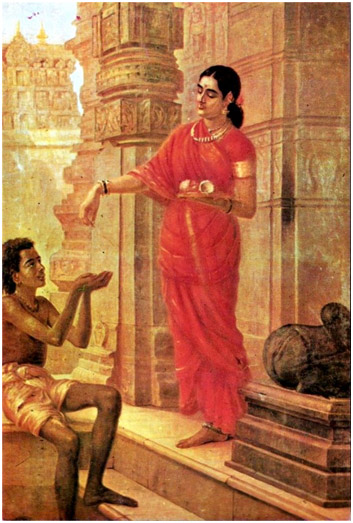
Raja Ravi Varma's famous painting, ‘Lady Giving Alms’
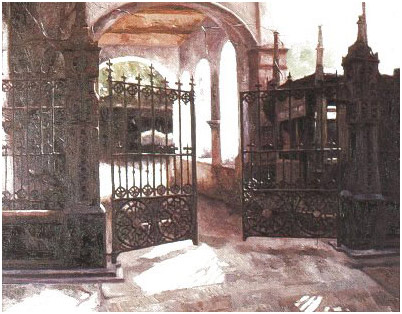
Sanjay Bhattacharya 'Untitled'
Architecture has also inspired cubists and abstractionists. Dutch artist Maurits Cornelis Escher is revolutionary in the way he understood spaces and illusion. He used the structure of the staircase and manipulated it masterfully to create illusions.

Escher's ‘Relativity’
American entertainer Dan Rice has famously said, "There are three forms of visual art: Painting is art to look at, sculpture is art you can walk around, and architecture is art you can walk through." In Gail Seres-Woolfon’s work titled ‘Girl Walking’, masterfully combines the elements of an audience walking around space and morphs the concept of space and physicality.

Gail Seres-Woolfon ‘Girl Walking’
Cubists also drew their abstractions from cityscapes and structural designs. Indian Progressive artist Francis Newton Souza’s works have many buildings and sketches of buildings and monuments.

F N Souza ‘Spanish Landscape’ | Image Courtesy: Dhoomimal Gallery Collection
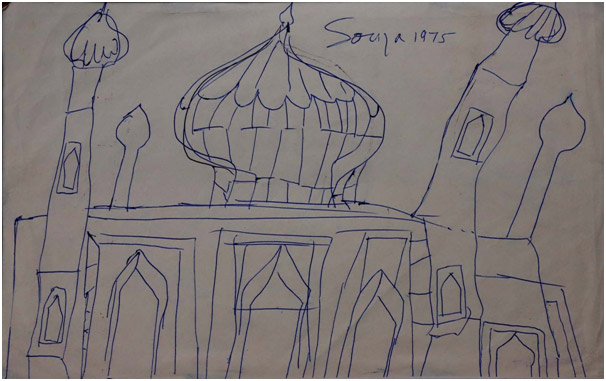
F N Souza ‘Untitled’ | Image Courtesy: Dhoomimal Gallery Collection
In the current contemporary scene, there still is no definite answer to the question of whether architecture is a form of art because the lines are constantly blurred with architectural designs being made exclusively to display at Art Fairs or outside spaces. Some architectural designs have both aesthetic and functional value which makes us difficult to put them in either category. These buildings are displayed as art. Examples are Cube Houses of Rotterdam (Netherlands), The Egg (New York, USA), Piano House of Anhui (China), Beijing National Stadium (Beijing, China), Infosys Building (Pune, India), Lotus Temple (New Delhi, India) and so on.



